Tag: Engineering
-
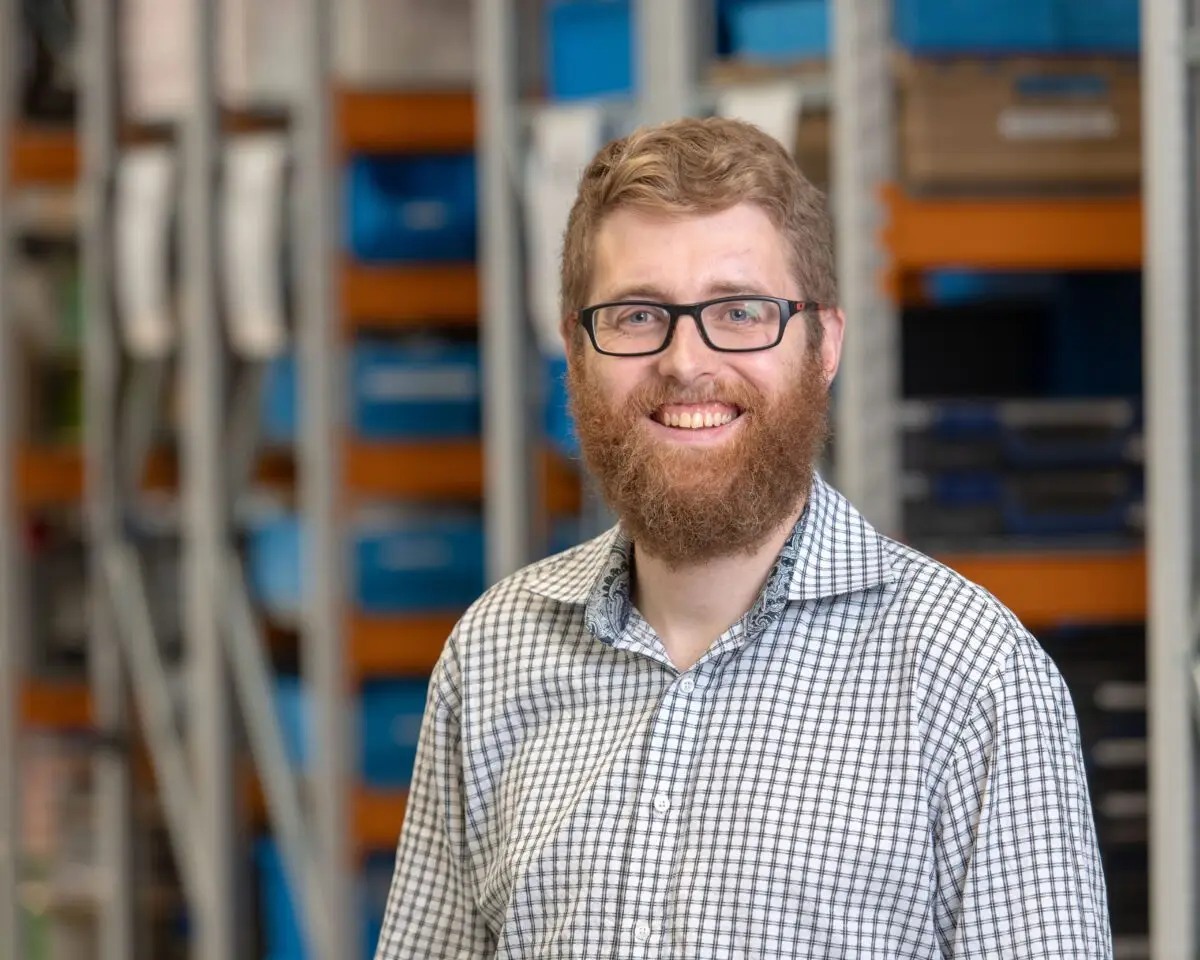
New swarm testing accelerates ADAS and autonomous vehicle development
Leading automotive test system supplier AB Dynamics has showcased its unique capability to replicate simulated swarm tests quickly and accurately in the real world and vice-versa.
-
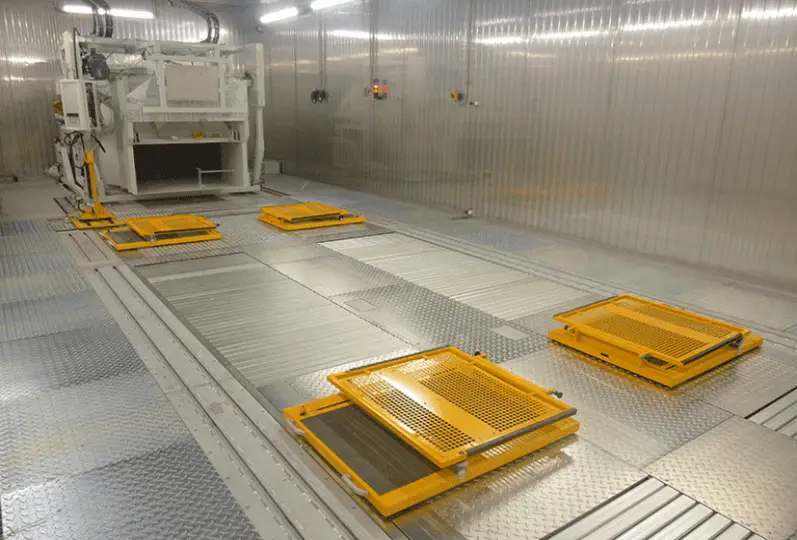
MAHLE Powertrain success drives new test chamber
MAHLE Powertrain has unveiled plans to invest in a second test chamber at its Real Driving Emissions (RDE) Centre in Northampton UK.
-

How new technology helped SYNETIQ keep moving
As the UK’s largest integrated salvage and vehicle recycling company, SYNETIQs Infrastructure and Development teams had to quick adapt to the business disruption that 2020 delivered, ensuring that it continued to operate safely and remain compliant.
-
-1200x574.webp)
MAHLE Powertrain sets its sights on e-mobility of the future
MAHLE Powertrain (MPT) is expanding its portfolio with an intensified focus on e-mobility with a total of EUR 12 million is to be invested in the construction of five new testing and development facilities.
-
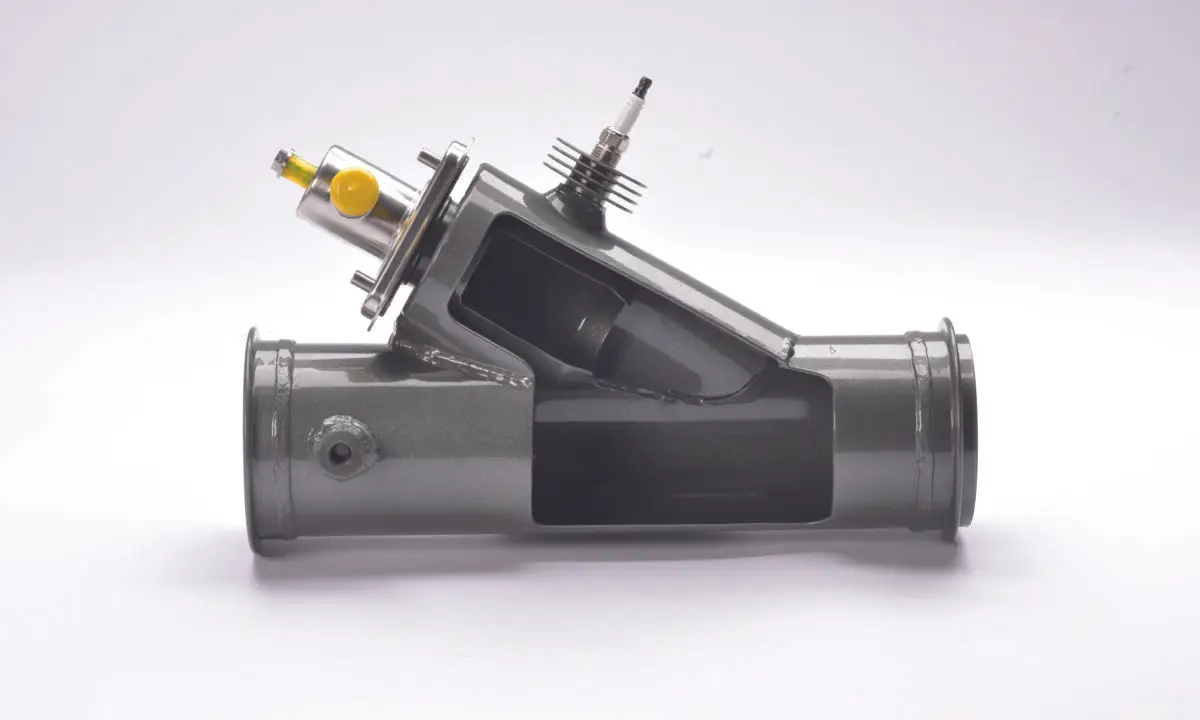
Eaton and Tenneco to help CVs hit emissions targets
Power management company Eaton and Tenneco have announced a joint development agreement to produce an integrated exhaust thermal management system that will enable commercial truck and light vehicle manufacturers to meet upcoming emissions regulations.
-
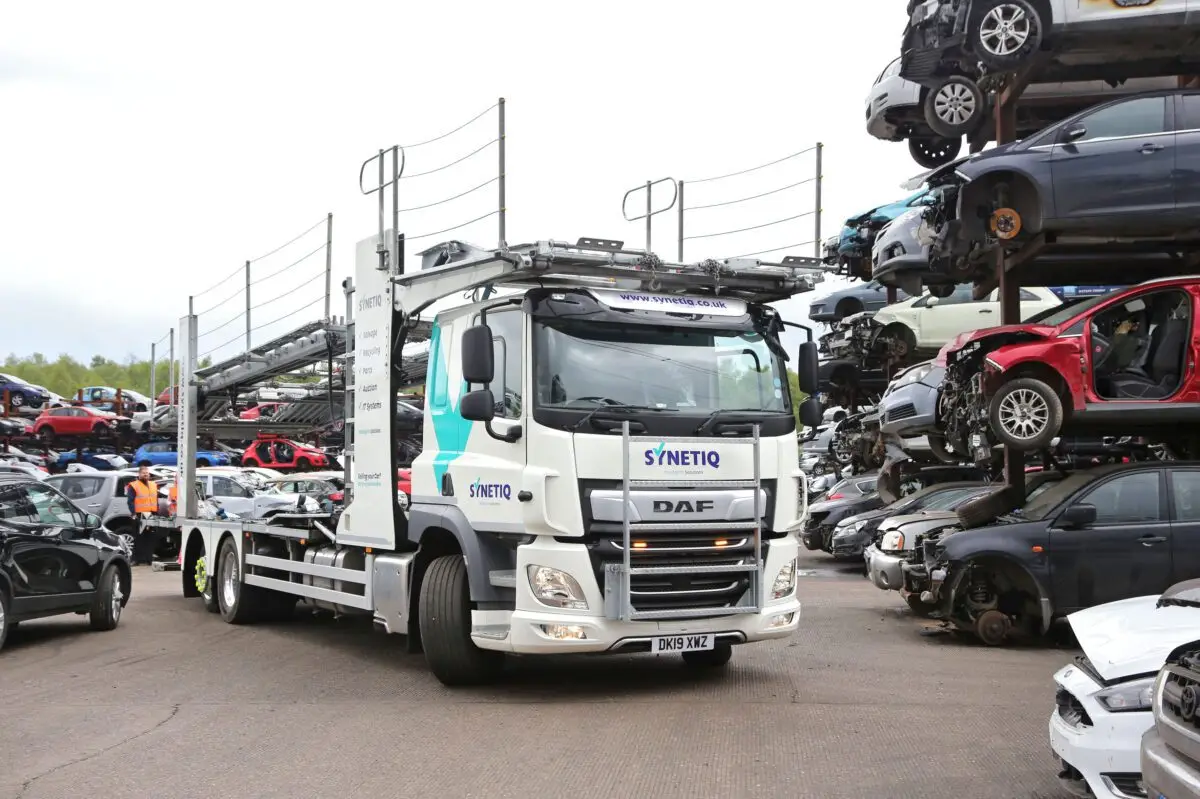
SYNETIQ renews partnership with Covéa Insurance for salvage and green parts
SYNETIQ is delighted to announce it has renewed its multi-year agreement with Covéa Insurance, to continue providing salvage management and green parts supply across the UK.
-
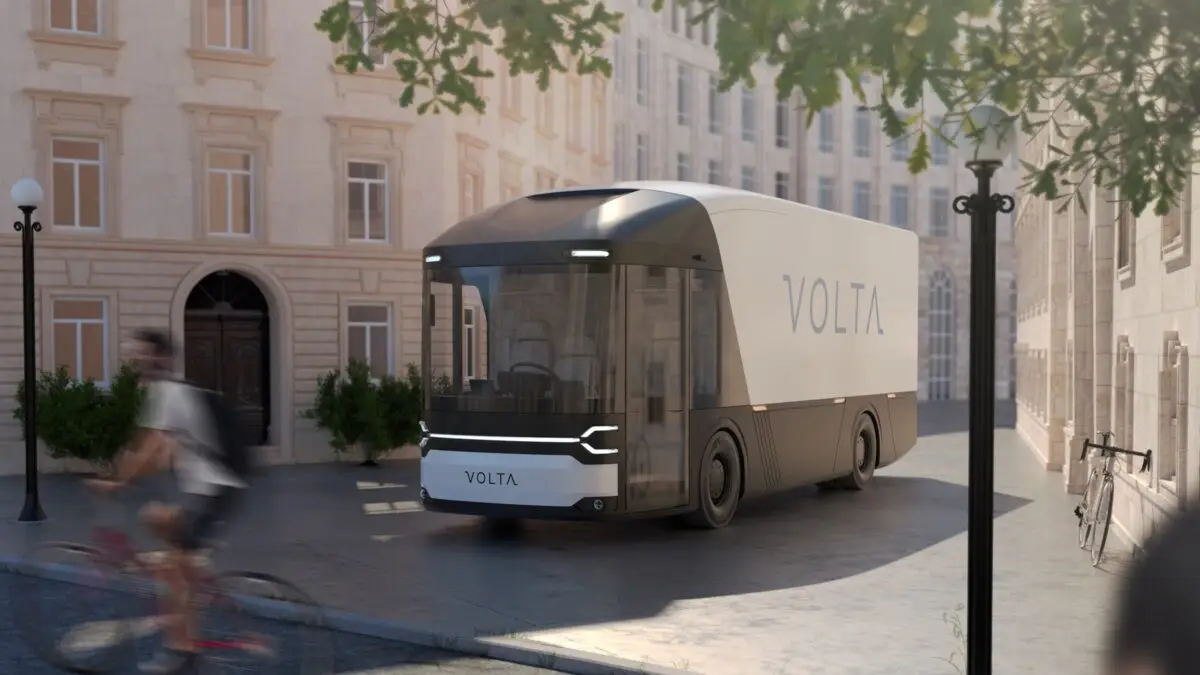
Volta Trucks partners with Prodrive to develop electric HGV
Prodrive’s advanced technology business to be responsible for engineering 16-tonne, zero emissions, pedestrian-friendly vehicle
-
Prodrive Legends restores works race and rally cars to original glory
Prodrive establishes its official restoration programme as interest builds in its historic cars, including Subaru Imprezas, BMW M3s and Aston Martins.
-
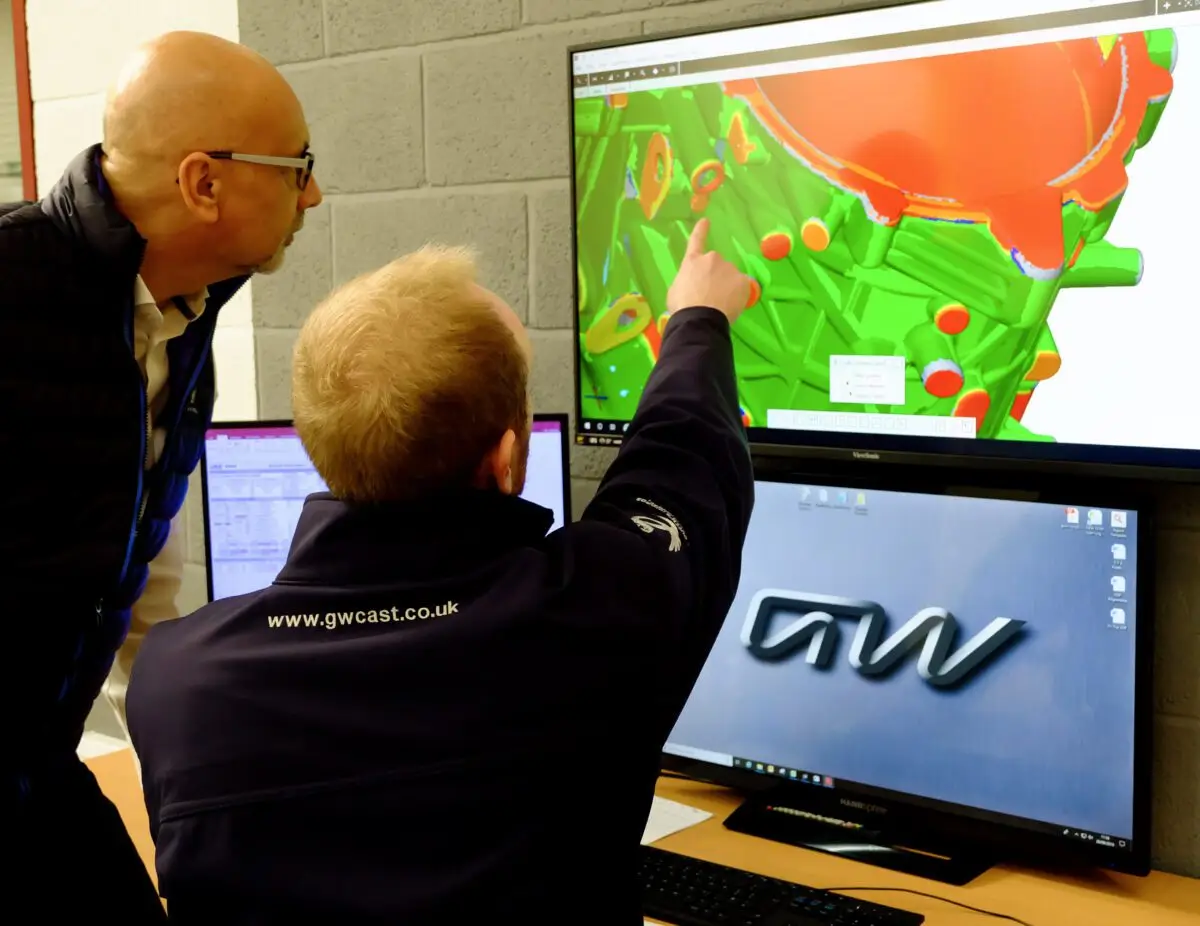
Grainger & Worrall Sustaining the supply chain and avoiding stoppages
Grainger & Worrall, the leading specialist in casting and materials technology, has experienced a new demand for its flexible and rapid machining expertise during the COVID pandemic.
-
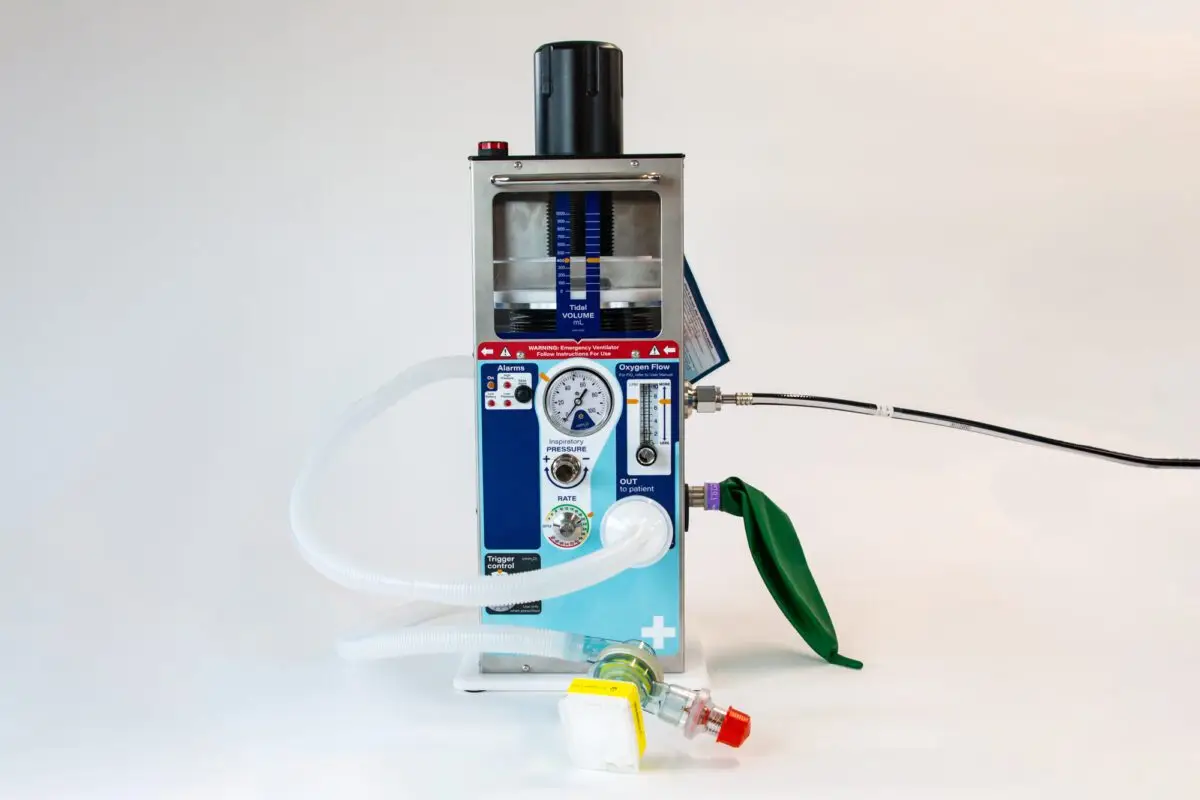
MAHLE Powertrain helps condense development of medical ventilator
MAHLE Powertrain has worked in a consortium with medical supplies specialist, Team Consulting to condense a development process that can usually take up to several years.
